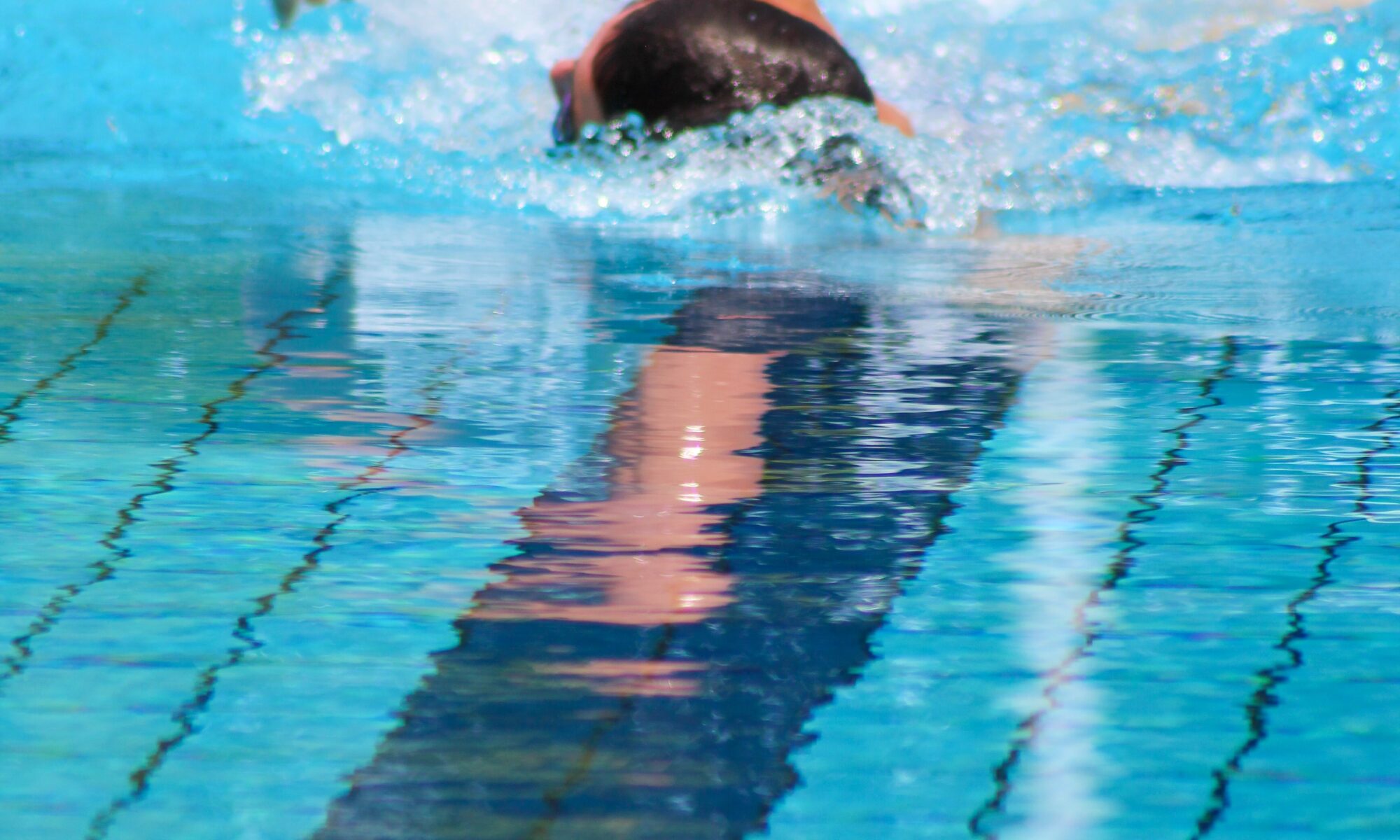
5 Effective Strategies for Preventing Achilles Tendon Pain after Swimming
Achilles tendon pain is a common problem among swimmers. It happens due to the repetitive
motion of the foot while swimming, which causes strain and inflammation in the tendon. This
can result in pain, stiffness, and difficulty in walking. To prevent Achilles tendon pain after
swimming, swimmers should employ a variety of tactics, including stretching their calf muscles
and Achilles tendons before and after swimming, wearing appropriate footwear, and avoiding
overuse of the tendon.
Preventing Achilles tendon pain after swimming
Achilles tendon pain can be a debilitating condition that can severely impact one’s quality of
life. It is important to take preventative measures to avoid this condition, as it can lead to
difficulty with walking, running, and other physical activities. Proper stretching, warm-up
routines, and regular exercise can all help reduce the risk of developing Achilles tendon pain
after swimming. Additionally, wearing appropriate footwear and avoiding activities that put excessive strain on the Achilles tendon can also be beneficial. Taking proactive steps to prevent
this type of injury can help ensure long-term health and mobility.
Stretching
Stretching is an important aspect of maintaining physical health and preventing Achilles tendon
pain after swimming. By stretching regularly, you can improve your flexibility and range of
motion, which can help you move more easily and comfortably. Additionally, stretching can
help reduce the risk of injury by preparing your muscles and joints for physical activity. It can
also help alleviate pain and stiffness in the muscles and joints. Proper stretching techniques can
vary depending on the individual and the activity being performed, but generally involve
holding a stretch for a period of time without bouncing or overextending. Incorporating
stretching into your daily routine can have a positive impact on your overall health and well-
being.
Strengthening Exercises
Strengthening exercises are an important component of a well-rounded fitness routine. By
incorporating exercises that target specific muscle groups, you can improve your overall
strength and endurance, which can help you perform daily activities with greater ease and
efficiency. Additionally, strengthening exercises can help prevent injuries like Achilles tendon
pain after swimming by improving the stability and support of your muscles and joints. This is
especially important for athletes and individuals who engage in physical activities that require
repetitive motions or place a lot of stress on the body. Strengthening exercises can be done
using weights, resistance bands, or bodyweight exercises, and should be performed with proper
form and technique to avoid injury. By incorporating these exercises into your fitness routine,
you can improve your physical fitness and reduce your risk of injury.
Proper Footwear
Wearing proper footwear is an important aspect of maintaining foot health and preventing
Achilles tendon pain after swimming. Different types of shoes are designed for different
activities, and wearing the appropriate footwear can help provide support, cushioning, and
protection for your feet. For example, running shoes are designed to provide shock absorption
and support for the feet and ankles during high-impact activities, while hiking boots are
designed to provide stability and traction on uneven terrain. Wearing shoes that are too tight or
too loose can also increase the risk of blisters, calluses, and other foot problems. When
selecting footwear, it is important to consider the activity you will be performing and the type
of support and cushioning your feet will need. Additionally, replacing shoes when they become
worn or damaged can help ensure that your feet are properly supported and protected during
physical activity.
Technique
Proper technique is an important aspect of any physical activity, whether it be exercise, sports,
or other recreational activities. Using proper techniques can help reduce the risk of injury and
improve the effectiveness of the activity. For example, using proper form when lifting weights
can help prevent strains and sprains, while using proper technique when running can help
reduce the risk of joint pain and other injuries. Proper technique can also help improve
performance by maximizing the use of the muscles and reducing unnecessary strain on the
body. It is important to learn and practice proper technique under the guidance of a qualified
instructor or coach, and to avoid pushing beyond your limits or performing activities that are
beyond your skill level. By using proper technique, you can improve your physical performance,
reduce the risk of Achilles tendon pain after swimming, and enjoy your favorite activities with
greater ease and confidence.
Recovery
Recovery is an essential aspect of any physical activity or exercise program. It is during the
recovery period that the body repairs and rebuilds muscle tissue, replenishes energy stores,
and prepares for the next bout of physical activity. Neglecting recovery can lead to fatigue,
injury, and Achilles tendon pain after swimming. Proper recovery techniques can include rest,
hydration, proper nutrition, and stretching. Rest days are important for allowing the body to
recover and rebuild, and should be incorporated into any exercise program. Hydration is also
essential for recovery, as it helps replenish fluids lost during physical activity and aids in the
transport of nutrients to the muscles. Proper nutrition, including a balance of carbohydrates,
protein, and healthy fats, is important for providing the body with the necessary nutrients for
recovery. Stretching can also be beneficial for reducing muscle soreness and improving
flexibility. By prioritizing recovery, individuals can improve their overall physical performance,
reduce the risk of injury, and maintain long-term physical health and well-being.
Conclusion
As an avid swimmer, it’s important to implement strategies to prevent Achilles tendon pain
after swimming and ensure that you can continue to enjoy your favorite activity pain-free.
There are a variety of techniques you can use to prevent Achilles tendon pain after swimming,
including proper warm-up and cool-down exercises, stretching, and strengthening exercises
that target the calf muscles. Additionally, it’s important to wear properly fitting shoes and avoid
overtraining. By taking these steps, you can help prevent Achilles tendon pain and keep
swimming comfortably for years to come.
